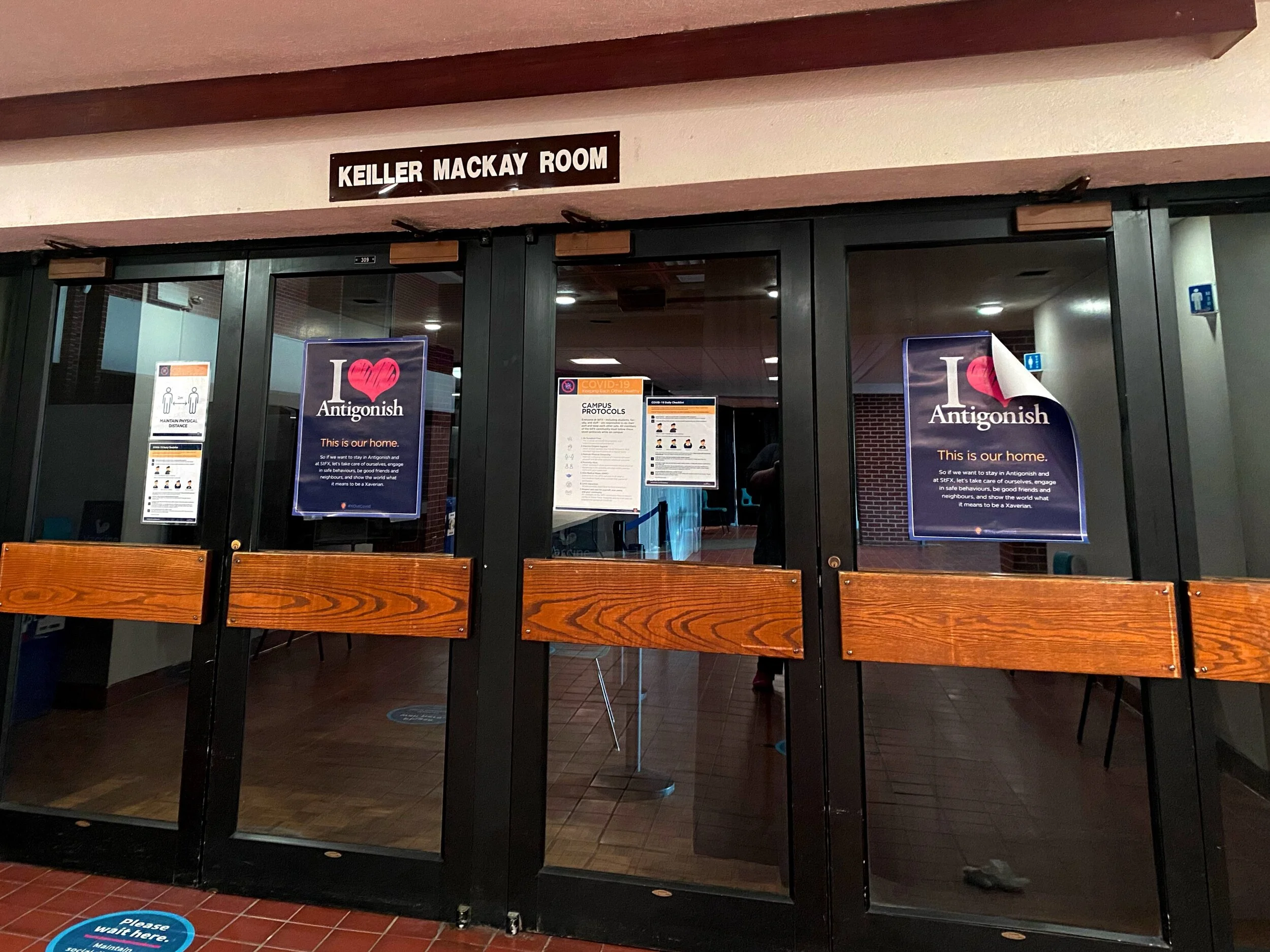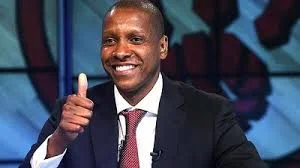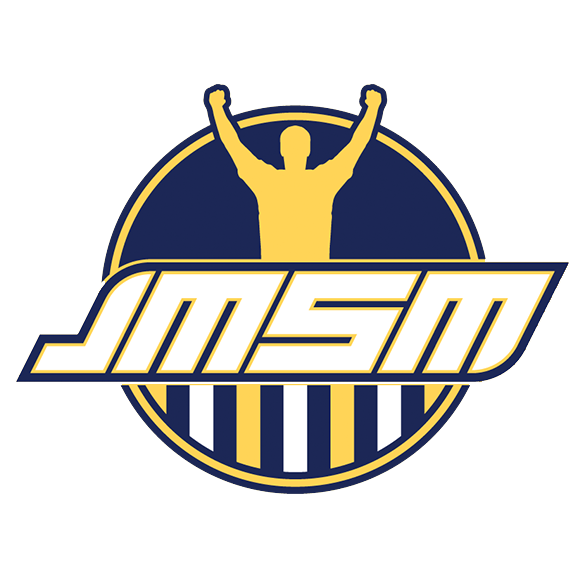StFX Basketball: A year of surprise and disappointment
/Men are riding high off a great playoff run, while the women struggle for relevance after another poor year
After ending the regular season 5th overall in the AUS with a 9-11 record, another mediocre season for Coach Konchalski seemed to be the result. However, the team got hot at the right time in the playoffs and was able to knock off Acadia in the quarters, then number one seeded Dalhousie in the semi’s. The final was a gut wrenching, tough game that saw UNB eke out an 84-81 win, ending the season for StFX. Kevin Bercy, who competed for team Canada over the summer during the Universiade in Chinese Taipei, had a vicious 33-point effort in his final game ever for the X-Men.
For the Women, it was a fourth straight year in the cellar of the AUS standings. It was also back to back years of a 1-19 record. The team has been a combined 10-70 in the last four years. At the crux of the issue is the lack of a true star on the team. The leading scorer on the year was freshman guard Kimberly Kingsbury at 7.3 PPG. Kingsbury was also named the AUS all rookie team this year. Luckily, the team is very young, as only one player graduates this year. With another year together, the hope is to claw out of last place, and become a team that is feared by others. The bereft of talent this year will hopefully decrease through another year of skill development.
In his sixth year as head coach, Augy Jones was attempting to bring the team back to what he had in his first two seasons, which were back-to-back AUS final appearances. The recruitment of point guard Lucia Mackay for next year will hopefully form a potent tandem with Kingsbury. Unfortunately, he will not be around to see it, as he was relieved of his coaching duties on Monday March 12th. There is hope for growth from Center Katie MacIntosh, who at 6’2 provides size that the team clearly lacks. Having a consistent presence in the paint from Katie would help accentuate the strengths of the guards, most notably shooting. The team will have to count on leadership from impending seniors Jamie McCarron and Holly Scott, who were also second and third in scoring for the team.
It is the end of an era for the men’s team, as the team loses it’s top two players, Julius Antoine and Kevin Bercy. Antoine averaged 17-4-3 on the year, while Bercy had 16.8 pts and 9.2 rebound averages. Center anchor Cameron Walker is also graduating, along with fifth year point guard Davonte Provo.
The reigns of the team will be most likely handed to third year sharpshooter Tristen Ross, who averaged a scintillating 39.2% on threes this year. The emergence of freshman Point Guard Jaydan Smith this year gives the team a consistent presence at the one position for years to come. Sophomore guard Justin Andrew has also impressed this year, including a rollicking 29 point/7 three performance in the semi-finals against defending champion Dalhousie. High flying forward Azaro Roker will have to find consistency next year, as he will be tasked with more minutes.
With a new court, and upgrades to the Oland Center on the horizon, there is an anticipation for an increase in recruitment for both teams. Coach Konchalski will be entering his 43rd season next year and for many, the monotony of a coach’s style can wear down players and desensitize the fans, something that K will be trying to fend off, as his retirement looms on the horizon. Augy Jones’ replacement has yet to be named, though the search for a new head coach has already begun.
















